You know that sinking feeling when your pharmacology professor announces another exam? There you are, highlighter in hand, staring at page 847 of your textbook, trying to memorize why captopril causes a cough but valsartan doesn’t. Your study buddy gave up three hours ago, and you’re wondering if medical school was a mistake.
These Pharmacology Flashcards won’t make you feel stupid anymore. Twenty cards covering the drugs that actually matter in real hospitals. Not some obscure medication used once in 1987, but the pills your patients will actually swallow and the injections you’ll actually give.
Your attending asks you about beta-blockers during rounds? You’ll know that metoprolol slows heart rate while atenolol does the same thing but lasts longer. Your resident wants to know why Mrs. Johnson switched from lisinopril to losartan? You can explain that ARBs don’t cause that annoying cough that made her stop taking her blood pressure medication.
Images


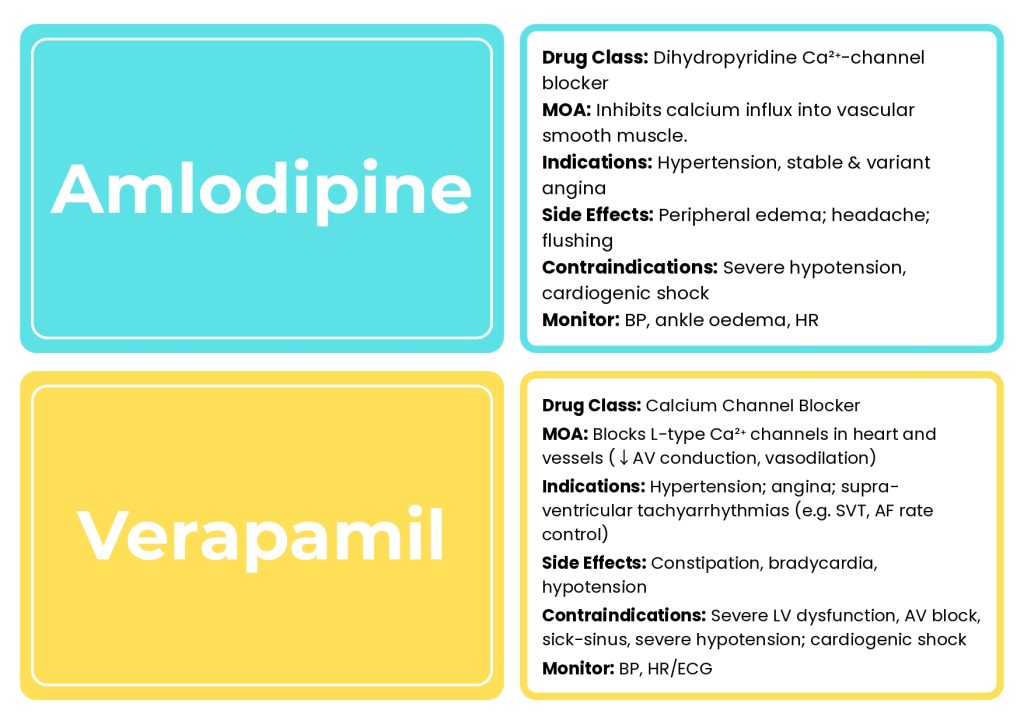
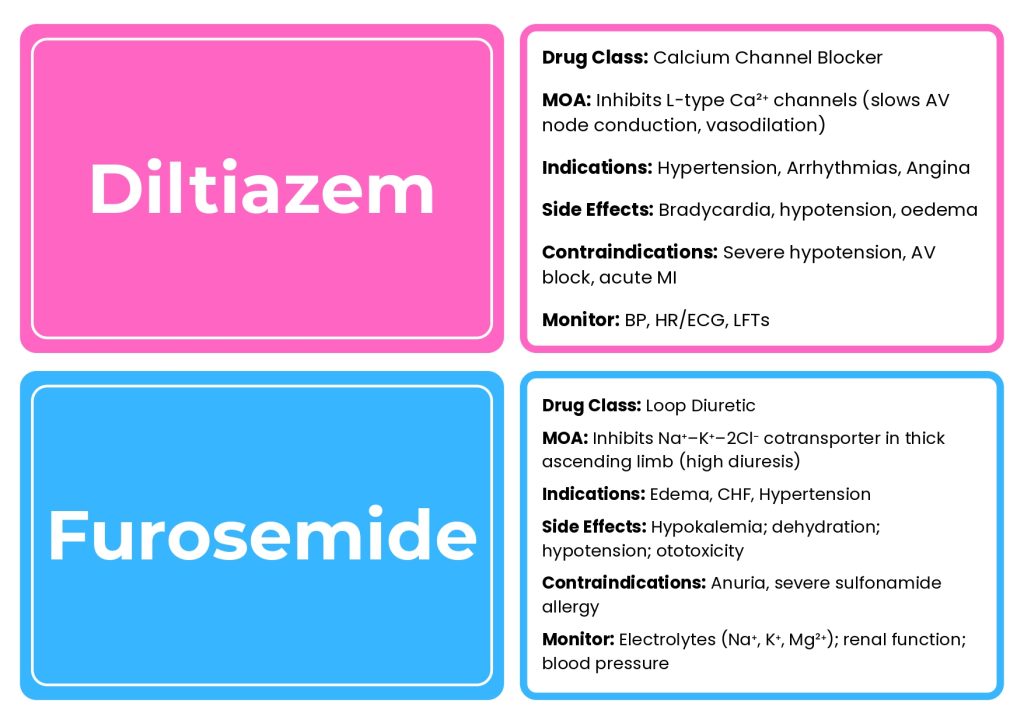

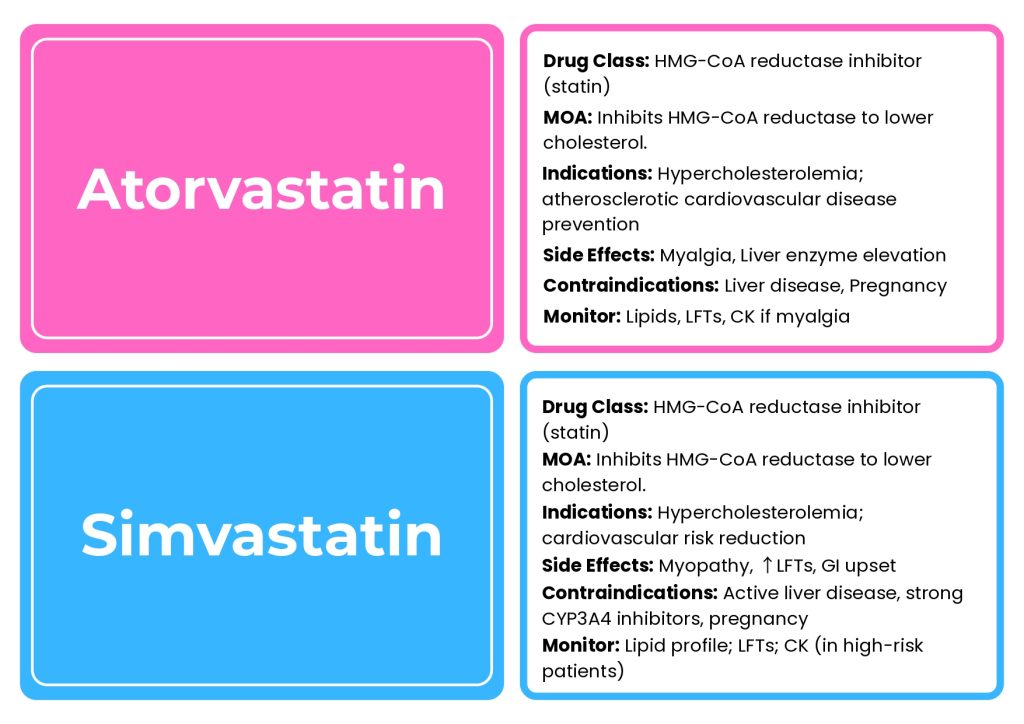
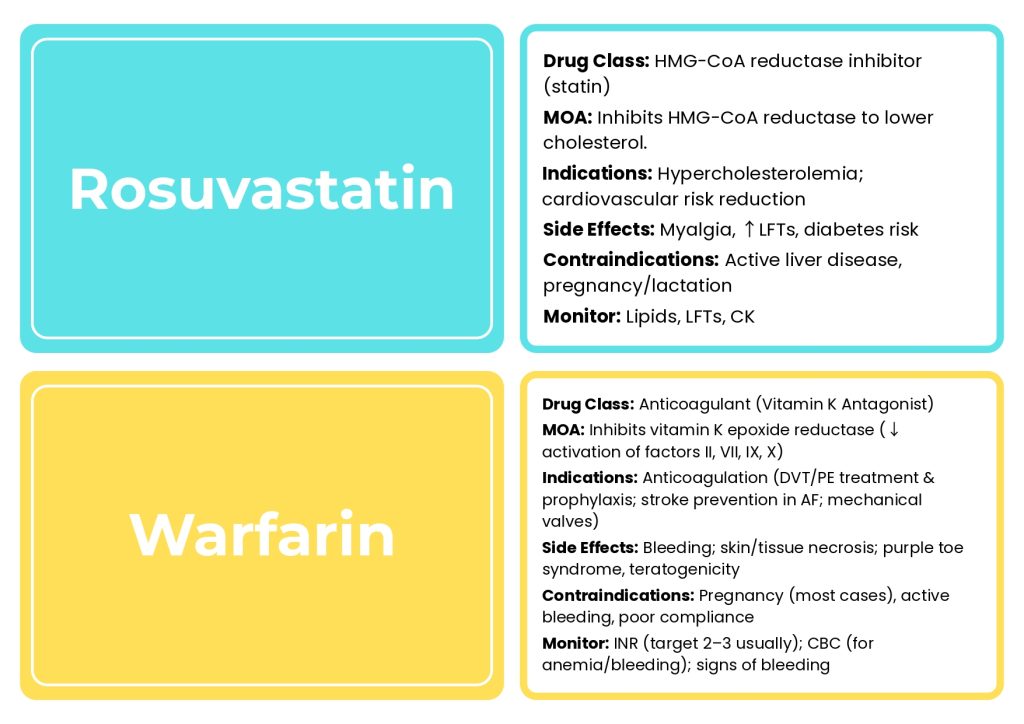
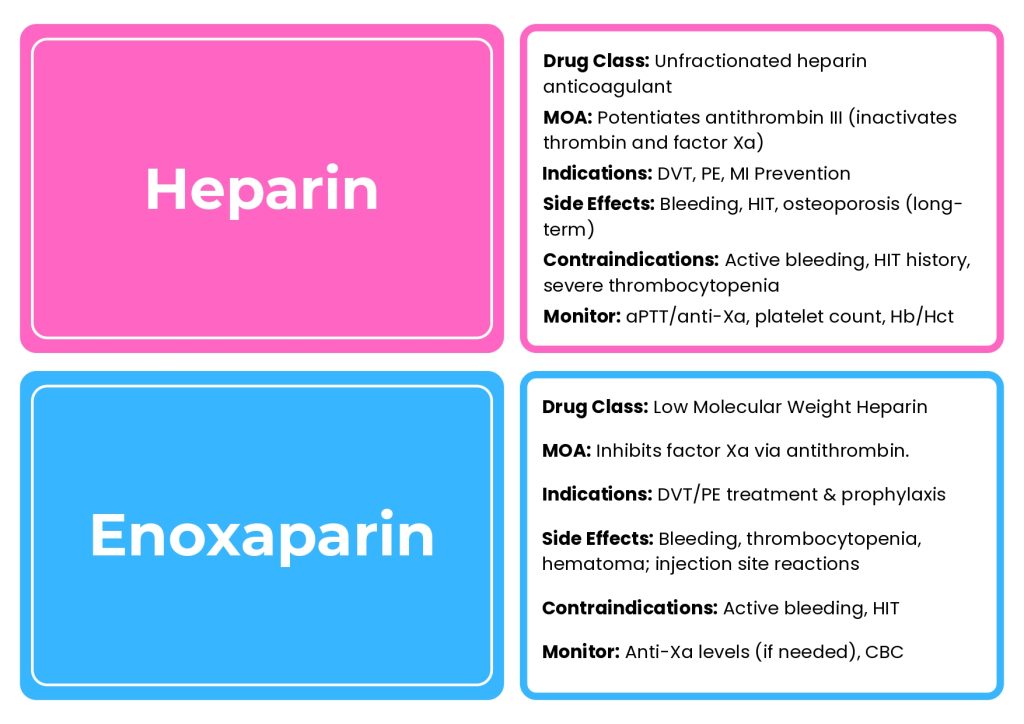

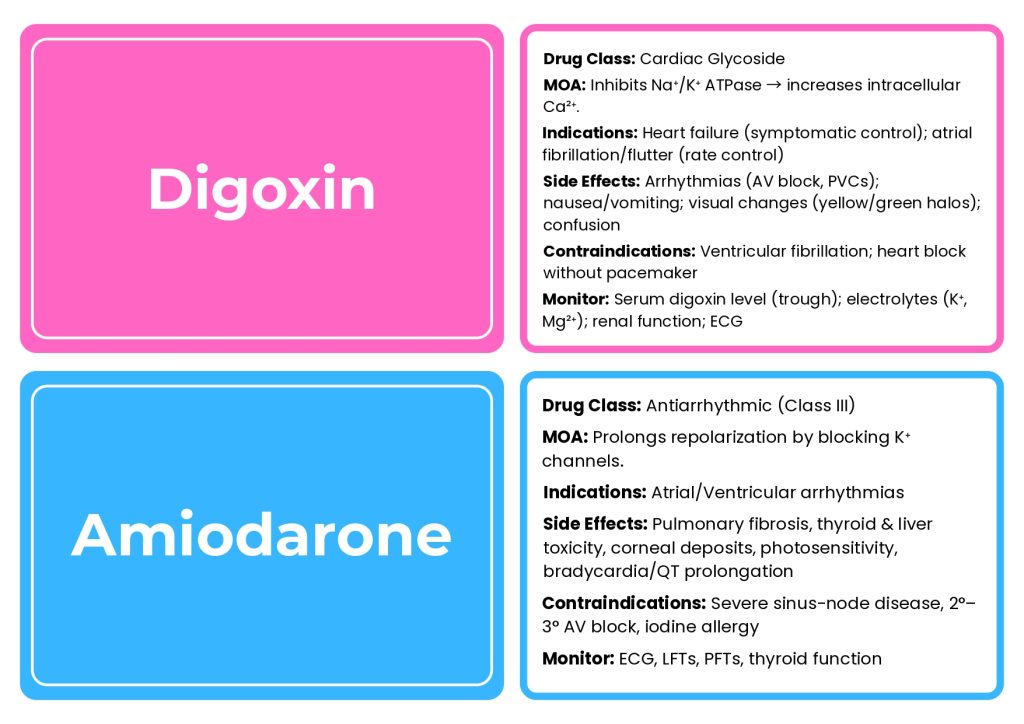
These Flashcards Make Sense
Pharmacology textbooks love showing you 47 different hypertension medications, then expect you to pick the right one for each patient. Students panic, cram everything the night before, and forget it all by Thursday. These cards focus on drug pairs that work in real life.
- Lisinopril and Losartan both stop your kidneys from making blood pressure high, but they attack different parts of the same system. Lisinopril blocks the enzyme that makes angiotensin II. Losartan blocks the receptor where angiotensin II tries to work. Both protect the kidneys in diabetics, both help heart failure patients, but only lisinopril makes people cough their heads off.
- Atenolol and Metoprolol show you cardioselective beta-blockers that won’t affect the health of asthmatic patients. Both slow racing hearts after heart attacks. Both drop blood pressure without making people wheeze. Atenolol gets taken once daily because it hangs around longer. Metoprolol needs twice-daily dosing but works faster when you need quick results.
- Amlodipine and Verapamil represent the two faces of calcium channel blockers. Amlodipine relaxes blood vessels but leaves the heart rhythm alone. Perfect for blood pressure, terrible for the ankle swelling that drives patients nuts. Verapamil affects both blood vessels and heart rhythm, which helps with irregular heartbeats, but causes constipation that makes people miserable.
- Diltiazem and Furosemide pair a gentle calcium blocker with a powerful water pill. Diltiazem works like verapamil but causes less constipation. Furosemide pulls fluid out of swollen patients fast, but it dumps potassium and makes people pee constantly. Heart failure patients often need both because one drug rarely fixes everything.
- Hydrochlorothiazide and Spironolactone show why diuretics aren’t all the same. HCTZ pulls water out but takes potassium with it. Spironolactone also pulls water out but saves potassium. Use them together and you get the benefits without dangerous potassium swings that stop hearts.
- Atorvastatin and Simvastatin both crush cholesterol numbers by blocking the enzyme that makes it. Atorvastatin hits harder and plays nicer with other drugs. Simvastatin costs less but interacts with more medications. Both can destroy muscle tissue if levels get too high, so you watch liver enzymes and listen for muscle pain complaints.
- Rosuvastatin and Warfarin show how cardiac patients collect prescriptions. Rosuvastatin prevents future heart attacks by keeping cholesterol low. Warfarin prevents stroke by keeping the blood thin. Rosuvastatin needs occasional liver checks. Warfarin needs constant INR monitoring because the difference between too little and too much is the difference between stroke and bleeding to death.
- Heparin and Enoxaparin represent blood-thinner evolution. Heparin requires IV drips, lab draws every six hours, and constant dose adjustments. Enoxaparin gets injected under the skin twice daily with predictable results. Both prevent clots, but enoxaparin lets patients go home instead of staying in the hospital.
- Clopidogrel and Aspirin team up to prevent heart attack patients from re-clotting their stents. Aspirin blocks one clotting pathway. Clopidogrel blocks another. Together, they provide dual antiplatelet therapy that keeps coronary arteries open.
- Digoxin and Amiodarone both mess with heart rhythm, but couldn’t be more different. Digoxin makes weak hearts squeeze harder, but causes weird visual hallucinations when levels climb too high. Amiodarone stops dangerous rhythms that kill people, but slowly destroys the lungs, liver, and thyroid glands over the years.
While you’re mastering drug mechanisms and therapeutic applications with your pharmacology flashcards, keep your kids engaged with our weather flashcards for kids during study breaks. You can also explore our clothes flashcards for kids to keep them learning while you focus on medical education.
Study Methods That Actually Work
- Case-Based Detective Work: Create patient stories and match them to medications. “Your 67-year-old diabetic patient has high blood pressure and protein spilling into his urine. Which medication treats all three problems?” Students learn that ACE inhibitors do more than just lower blood pressure.
- Speed Side Effects: Rapid-fire through cards, calling out the nasty side effects. “Amiodarone turns people blue! Furosemide makes them deaf! Warfarin makes them bleed!” This builds the quick recall you need when attendings grill you during rounds.
- Patient Counseling Role-Play: Pick a flashcard and explain it like you’re talking to your neighbor who dropped out of high school. Medical school teaches fancy words, but patients need plain English.
- Drug Interaction Disasters: Figure out which combinations hurt people and explain why. “Don’t give spironolactone to someone already taking lisinopril without checking potassium levels constantly. Too much potassium stops hearts.”
- Monitoring Match-Up: Connect medications to their required lab tests. “Digoxin needs drug levels, warfarin needs INR checks, statins need liver enzymes.” Forget the labs, and your patients get hurt.
- Real Patient Scenarios: Work through complex cases using multiple cards. “This patient has heart failure, atrial fibrillation, high cholesterol, and diabetes. Which medications address each problem without causing dangerous interactions?”
Pictures Beat Text Every Time
Medical students cramming for exams absorb visual information way faster than reading paragraphs. The bright colors help tired brains sort medications instantly. Pink cards go in one mental box, blue cards in another, yellow cards in a third. No more confusing drug classes when you haven’t slept in 30 hours.
Each card puts information in exactly the same spots, so your brain doesn’t waste energy hunting for details. Drug class at the top, mechanism below that, then indications, side effects, contraindications, and monitoring. Your eyes learn the pattern and grab information automatically.
Hospital Reality Check
Real Talk: Using These Cards in the Hospital
1. When You’re on Rounds: Keep your cards accessible during rotations because attendings love to put you on the spot. When they ask, “Why did we start this patient on amlodipine instead of verapamil?” you’ll actually have an answer instead of that awkward silence that makes everyone uncomfortable.
2. Chart Reviews That Help: While you’re going through patient charts, cross-reference their medications with your cards. This helps you connect what you’ve memorized to actual patient care and makes your case presentations way more confident.
3. Getting Ready for Pharmacy Rotations: Go through your cards before starting pharmacy rotations so you can actually contribute to medication counseling discussions and understand drug interactions. Pharmacists can tell when a student has done their homework.
4. Before Procedures: Review the relevant cards before procedures, like cardiac catheterizations. When you understand why a patient is on dual antiplatelet therapy, you can engage in the medical discussion instead of just standing there trying to stay out of the way.
Think Like a Doctor
Learning medication logic teaches students to make decisions like physicians instead of memorizing random facts. When you understand that beta-blockers slow heart rate and ACE inhibitors protect the kidneys, you start picking drugs based on what patients need.
Understanding monitoring shows that prescribing isn’t a one-time event. These cards prepare students for the split-second decisions required during residency. When the ED calls about chest pain, you need instant knowledge of antiplatelet options. When heart failure patients arrive in crisis, you must understand why they need multiple medications working differently.
Residency programs expect new doctors to know common medications without constantly looking things up. These flashcards help build the foundation.
Start Learning Smarter
Ready to stop stressing about pharmacology? Download these Pharmacology Flashcards and watch drug memorization become pattern recognition. Each card connects to clinical reasoning skills that separate competent doctors from dangerous ones.
Print on cardstock thick enough to survive medical school abuse. Regular printer settings work fine, portrait orientation with “fit to page” makes text clear and colors bright.
If you want your flashcards to last, laminate them. Medical training means coffee spills, all-night study sessions, and general chaos. Laminated cards survive everything and stay readable for years.

